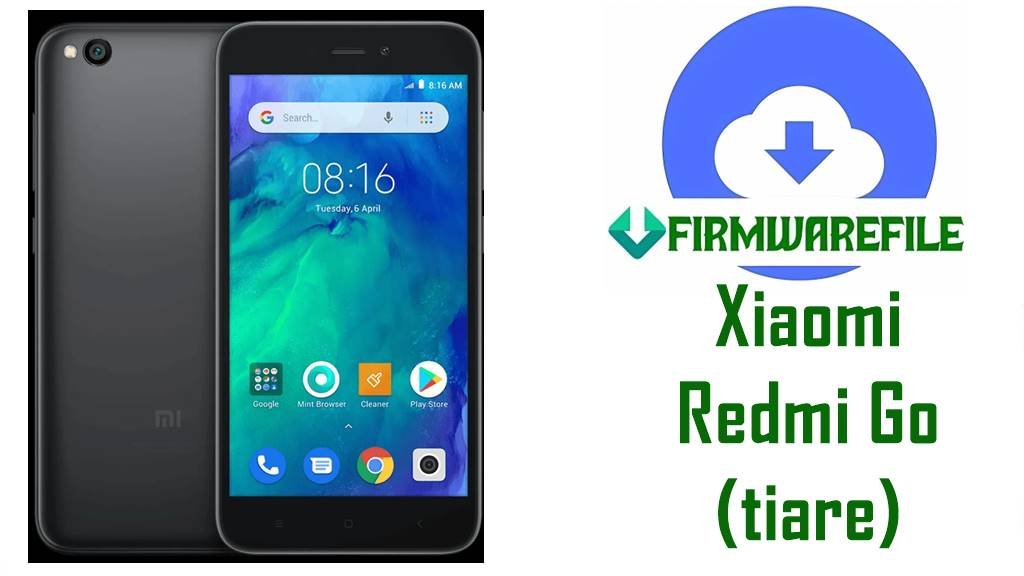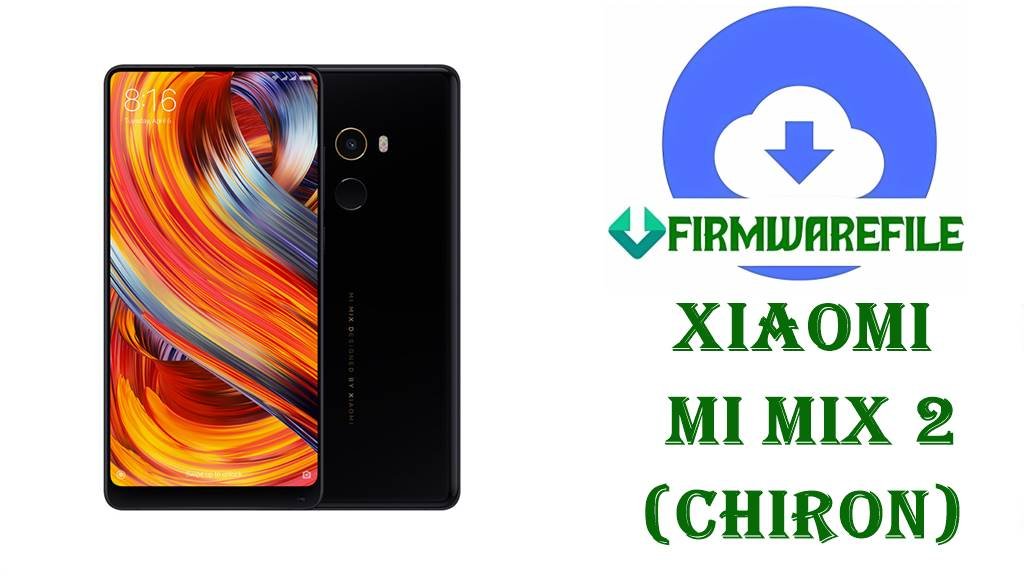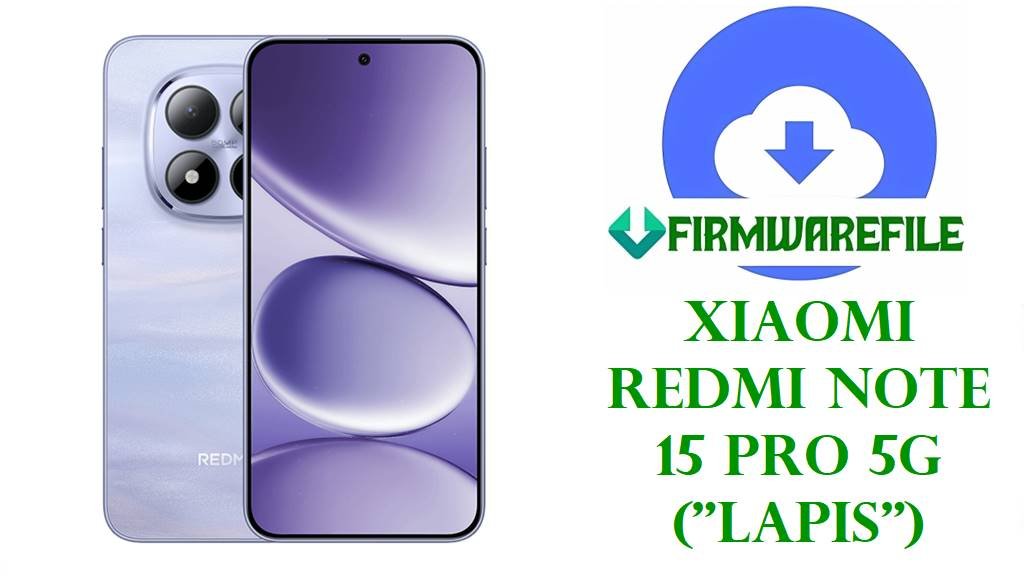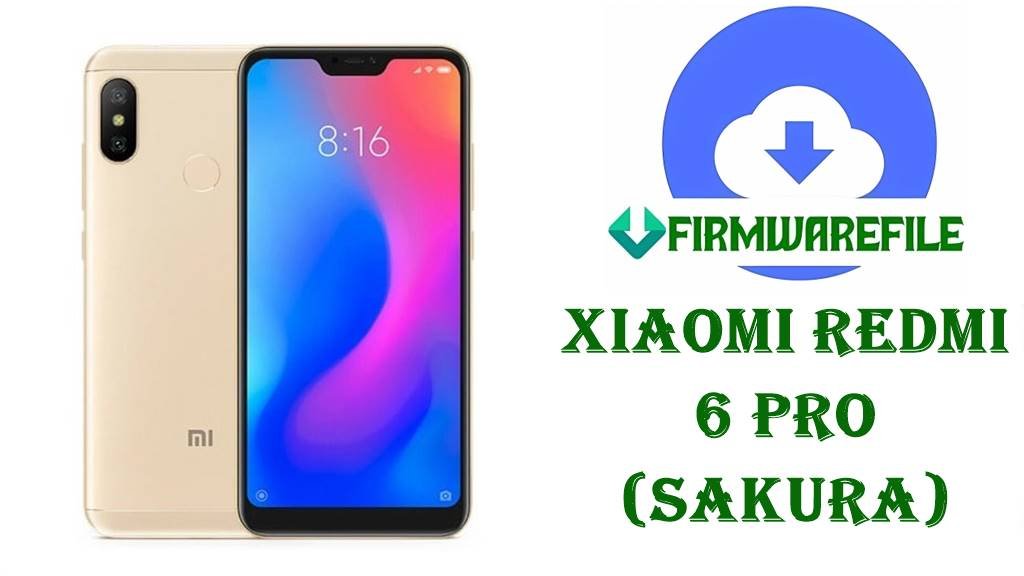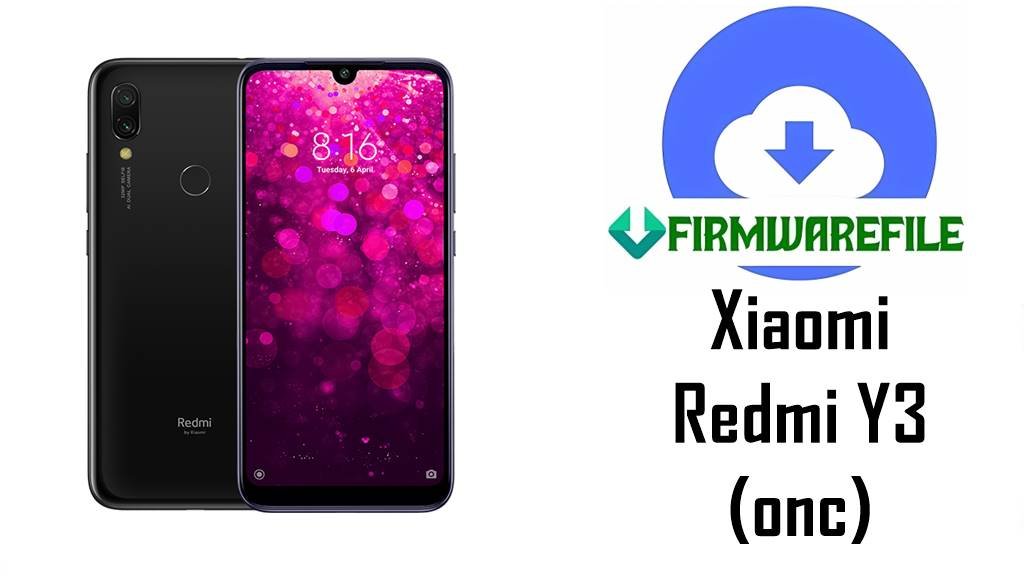Download Xiaomi Redmi Go Firmware (tiare): Fix Storage Issues & System Crashes
This guide provides the complete firmware collection for the Xiaomi Redmi Go (tiare). If you’re dealing with storage issues, system crashes, or a bricked device, our verified download links and detailed flashing instructions will help you restore your phone’s functionality. The Redmi Go, powered by a Snapdragon 425 chipset and running a lightweight Android Go Edition, is designed for basic tasks, but software glitches can disrupt its performance. Follow this guide to address these issues and optimize your device.
⚠️ Essential Pre-Flash Checklist
Flashing can be risky without proper preparation. Complete this checklist to ensure a smooth process. All data will be wiped, so a backup is essential.
- ✅ Full Data Backup: Save photos, contacts, and files to Google Drive or a PC to prevent data loss.
- ✅ Charged Battery: Ensure your Redmi Go has at least 60% battery to avoid interruptions during flashing.
- ✅ Windows PC: The Mi Flash Tool requires a Windows operating system.
- ✅ Original USB Cable: Use a high-quality USB cable for a stable connection to your PC.
- ✅ Unlocked Bootloader: Flashing requires an unlocked bootloader. Use the official Mi Unlock Tool (expect a 7-15 day waiting period).
- ✅ Required Software: Install the latest Mi Flash Tool and Xiaomi USB Drivers.
Understanding the Firmware: Types and Regions
Choosing the correct firmware is critical to avoid bricking your Redmi Go. Here’s a breakdown of the available options:
- Fastboot ROM (.tgz): A full factory image for Mi Flash Tool, ideal for unbricking or reverting to stock Android Go Edition.
- Recovery ROM (.zip): Used with custom recoveries like TWRP for installing custom ROMs (though support is limited for this device).
- Region Codes:
- MIXM: Global version with Android Go and Google services.
- RUXM: Russia-specific firmware with localized apps and settings.
- INXM: India-specific version with regional optimizations.
Official Firmware Downloads for Redmi Go (tiare)
These firmware files are sourced directly from Xiaomi’s official servers for reliability and security. Choose the latest version for your region to ensure optimal performance.
| Region | MIUI Version | Android | Release Date | Download Link |
|---|---|---|---|---|
| Global (MIXM) | V10.2.25.0.OCLMIXM | 8.1 | 2021-02-04 | Fastboot ROM |
| Russia (RUXM) | V10.2.21.0.OCLRUXM | 8.1 | 2021-04-13 | Fastboot ROM |
| India (INXM) | V10.2.19.0.OCLINXM | 8.1 | 2021-02-07 | Fastboot ROM |
Recommended Custom ROMs
Due to the Redmi Go’s lightweight Android Go Edition and Snapdragon 425 chipset, custom ROM support is limited. However, some community-driven options may offer a more optimized experience for advanced users.
- LineageOS Go Edition: Based on Android 9 – Provides a lightweight, bloat-free experience (check availability for tiare, as support may be limited).
How to Flash: Step-by-Step Instructions
Choose the flashing method based on your firmware type: Fastboot for official .tgz files or Recovery for custom .zip files (if available).
Method 1: The Fastboot Method (Official Stock ROMs)
- Unzip the Firmware: Extract the .tgz file using 7-Zip to obtain a folder with an “images” subfolder and flash scripts.
- Launch Mi Flash Tool: Open the Mi Flash Tool with administrator privileges on your Windows PC.
- Enter Fastboot Mode: Power off your Redmi Go, then press and hold Volume Down + Power until the Fastboot logo appears.
- Connect to PC: Plug your phone into your PC using the USB cable.
- Load Firmware: In Mi Flash Tool, click “select” and choose the extracted firmware folder. Click “refresh” to detect your device.
- Choose Flash Option: Select “clean all” for a complete reset (recommended for stability). Avoid “clean all and lock” unless you’re certain of the ROM’s region compatibility.
- Start Flashing: Click “flash” and wait 5-10 minutes. Do not disconnect the phone.
Troubleshooting Tip: If Mi Flash Tool fails to detect your Redmi Go, try reinstalling the Xiaomi USB Drivers or switching to a USB 2.0 port for better connectivity.
Method 2: The Recovery Method (Custom ROMs)
- Install TWRP: Ensure TWRP is installed on your Redmi Go. Download it from TWRP’s official site (note that TWRP support for tiare may be limited).
- Transfer ROM: Copy the .zip ROM file to your phone’s internal storage.
- Boot into Recovery: Power off your phone, then press Volume Up + Power until the TWRP logo appears.
- Wipe Data: In TWRP, go to “Wipe” > “Advanced Wipe” and select Dalvik/ART Cache, Cache, and Data. Swipe to confirm.
- Install ROM: Return to the main menu, tap “Install,” select the .zip file, and swipe to flash.
- Reboot: Reboot to system after installation completes.
After the Flash: First Boot and Setup
The first boot after flashing may take 10-15 minutes as the system initializes. Don’t interrupt if it seems stuck on the Redmi logo. Once booted, follow the setup wizard and restore your data from your backup.
Device-Specific Q&A for the Redmi Go
- Q1: Why does my Redmi Go have storage issues? A: The Redmi Go’s 8GB or 16GB internal storage fills up quickly due to its lightweight Android Go system. Flashing the latest regional ROM (e.g., Global V10.2.25.0) can optimize storage management, or consider a factory reset after backing up.
- Q2: How can I fix system crashes on my Redmi Go? A: System crashes are often caused by corrupted software or overloading the Snapdragon 425. Flashing a clean stock ROM can stabilize the system, though custom ROMs are less common for this device.
- Q3: Will the Redmi Go receive Android 9 or newer? A: The Redmi Go is officially limited to Android 8.1 (Oreo) with MIUI 10. To experience Android 9 or later, you’ll need a custom ROM like LineageOS Go Edition (if supported for tiare).
